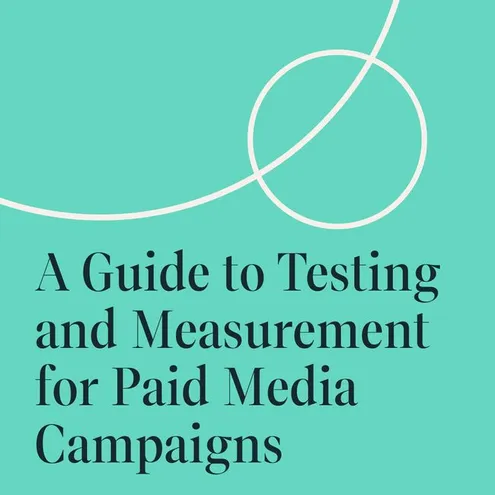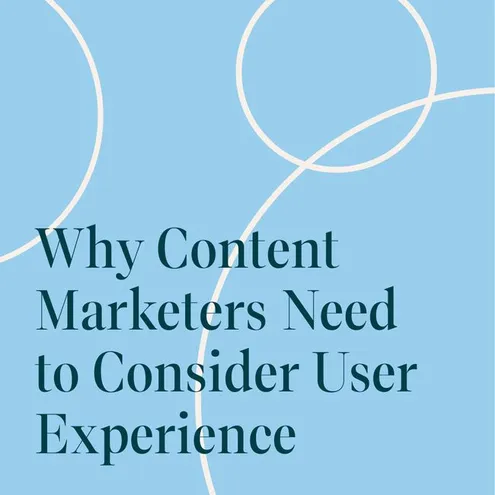03/08/21

SEO, Blog
Way back in 1997, Apple launched an ad campaign using the slogan ‘Think Different’ which started the revolution as to how we approach all things tech. The phrase still forms part of the Apple ethos today and is printed on the back of their products.
The phrase is very powerful in several ways, but for inbound content planning, it sparks some deeper thinking. Google (other search engines are available, of course) is on a mission to get everyone to write content under an Expertise, Authoritativeness, Trustworthiness (EAT) strategy, but as with all these things, not everyone can be the expert and the authority!
What starts out as a great idea and a fairly simple way to gain recognition by search engines actually leads to a mass of very similar content. Have you ever tried searching for Inbound Marketing for example? It is almost as if everyone is just using the same copy in a race to be found first.
What if someone is already gaining traction as the authority in a particular topic; how do you then work out an inbound content strategy for yourself which isn't being constantly challenged by an incumbent expert? How do you ‘Think Different’?
This is where your brand and personality comes into play as part of a well thought out inbound content strategy for your digital campaign all aided by Google’s new(ish) approach towards Natural Langauge Processing. Consider building your content plan in three parts, your main information (pillar) pages, your question and answer pages and your blog - all doing three distinct jobs.
Part one is your pillar or topic pages - these can be relatively factual by their nature and can use one of the many keyword planning tools available. They are there to provide detail about each key topic area or service you provide and may become a little detailed and technical. Don’t be afraid for this to stretch over multiple, linked pages to form one pillar.
It is often hardest to write these differently from what is already out there, after all, there are only so many ways to say the same thing. One great way of approaching these pages is to discuss, commentate and add value to other people's content. There are lots of different opinions out there; what is yours?
Part two are question and answer pages. These are very different to your ‘FAQs’ and are there to provide the natural language answers that Google is seeking. Create a knowledge base on your site with relatively short answers to common questions and inject your expertise and brand personality. Importantly make sure each answer is on a separate page with a different URL so that search engines can index it.
If you are not sure what questions people are asking - do any search and google will tell you - or use one of the new tools that are springing up such as. We are also building one directly into our content management system!
You may find though that both pillar pages and Q&A are a little dry and not all that good to share, so the last part of the mix is your blog. This should be something to engage readers, referencing the expertise on your site, but something that adds that little extra. Your blog should have a consistent tone of voice and reflect both the brand and the writer’s personality. It is much easier to be different from the crowd if you can just have a personal conversation with your audience.
And finally… make sure your content is ‘interlinked’. There is no need to overdo it, but it really helps search engines make sense of your structure if you join things up.
Your inbound content strategy should form a major part of your digital campaigns which join up with landing and brand pages to form your overall website. Get in touch today to have a chat about growing your business.









